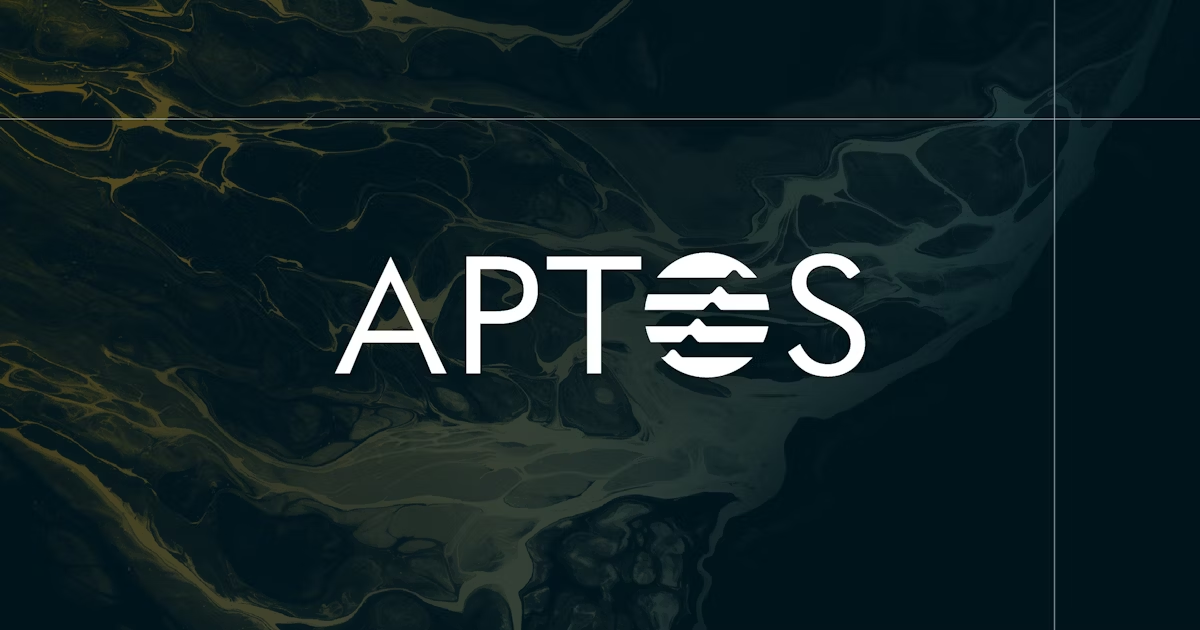Source: 42pixels – Shutterstock
- The crypto industry is turning energy-conscious focusing on long-term sustainable solutions.
- Below is the list of top-five projects working in this direction and could lead their way over the next two decades.
ESG – Environment, Social, and Governance – has become a key parameter towards the growth of businesses in the coming decades. Every industry is aligning its operation in this regard and the crypto industry is not averse to it.
The Bitcoin mining industry has faced heavy regulatory backlash amid the surplus use of coal power. In May 2021, China started a severe crackdown on Bitcoin miners for the same reason. This forced the crypto mining industry to quickly switch gears and move towards the adoption of green energy solutions.
Another rapidly emerging market that is currently under the radar is that of the non-fungible tokens (NFTs). Minting NFTs require solid electricity and coal power. Also, as per the recent estimates, minting one NFT consumes an average of the energy consumed by the EU resident in a month’s time. While the NFT market reached its peak during the month of May 2021, there’s been a considerable amount of decline in NFT users since then.
As a result, many blockchain and crypto projects that started with the Proof-of-Work (PoW) consensus model are now moving towards a more energy-friendly Proof-of-Stake (PoS) consensus model. There are a number of projects that have shown their foresightedness beforehand and working in this direction.
Leading all has been the open-source distributed ledger IOTA that caters to the Internet of Things (IoT) ecosystem.
1. IOTA
The IOTA distributed ledger allows users to transfer data and value across the IoT ecosystem at absolutely no cost. As said, the IOTA distributed ledger has been built from the ground up.
IOTA puts a huge weight on social impact in every project it undertakes. IOTA is also making penetration into the NFT market and launched its own NFT marketplace which has so far received a great response. Its low-energy solutions would be lucrative for players operating in this segment.
IOTA has been majorly working on projects that benefit the wider society. It also takes projects from the field of green and social arena. The core IOTA technology supports sustainable development while tackling issues such as human rights violations and climate change.
It has also been working in areas such as East Africa which has a huge underbanked population. The native IOTA token helps in incentivizing economies with its P2P initiatives avoiding paperless trades. Thus, projects undertaken by IOTA can earn carbon credits while preserving natural resources.
2. Enjin Network
The Enjin Blockchain Network has gained a strong market presence as a leading social gaming community platform. It serves a massive user base of 20 million people across 250,000 gaming communities. Enjin is building an entire ecosystem based on non-fungible tokens (NFTs) and powered using blockchain technology.
Enjin has also joined the Crypto Climate Accord. It promises of building solutions promoting scalability without compromising on sustainability. Going beyond carbon neutral, Enjin is running a blockchain that’s now carbon negative.
For instance, Enjin’s native Jumpnet blockchain uses 99.99 percent less electricity than Ethereum. Furthermore, the parent company of Enjin is purchasing more carbon credits from the Australian climate change platform Beyond Neutral.
3. Elrond Network
The Elrond Network is making a space for itself by building blockchain solutions for the Internet of Things (IoT). By using sharding, the platform is ultra-fast by processing 15,000 transactions per second. With a latency of just 6 seconds, the transactions on Elrond costs as low as $0.001. Thus, the Elrond network is 1000 times better than its competitors in terms of blockchain speed, scale, and price.
The Elrond blockchain network has initiated some conscious measures in terms of energy consumption. Elrond has recently undertaken a carbon-neutral initiative Offsetra allowing businesses to offset their carbon footprints. With Offsetra, Elrond will be contributing to conservative initiatives like Belize, and Amazonas, and wind energy initiatives in Honduras.
4. Qtum
The Qtum blockchain provides an entire ecosystem for its own open-source blockchain allows users to execute smart contracts, build robust decentralized apps (DApps) and Defi products. Besides, also hosting non-fungible tokens (NFTs), Qtum can host multiple virtual machines like EVM and ARM VM. It also uses top-grade security like the UXTO.
Qtum features a strong security infrastructure of the Bitcoin blockchain along with the deep programmability of the Ethereum blockchain. The most interesting thing is Qtum’s Decentralized Governance Protocol (DGP) meaning that users can alter blockchain settings on the fly using smart contracts.
Qtum already uses the Proof-of-Stake (PoS) model which is significantly more energy-friendly than its PoW counterpart.
5. Minima
Minima is a decentralized data and value transfer company. It is revolutionizing the blockchain space by solving the issue of high gas consumption through its super lean protocol that allows users to run the blockchain even on a mobile or a tablet device.
Thus, it is clear that Minima is addressing the energy consumption issues upfront by allowing mobile phones to run as nodes. Going further and beyond, Minima also allows users to mine its native cryptocurrency directly from mobile phones with no additional equipment required.
Thus, reducing the barrier of entry, Minima promises mass adoption and scalability. It also gives users the potential to mine crypto and earn rewards anytime and anywhere. Furthermore, the decentralized data and value transfer of data on Minima is resistant to censorship. Thus, it offers true decentralization without any interference from the authorities.
Credit: Source link












































































































































